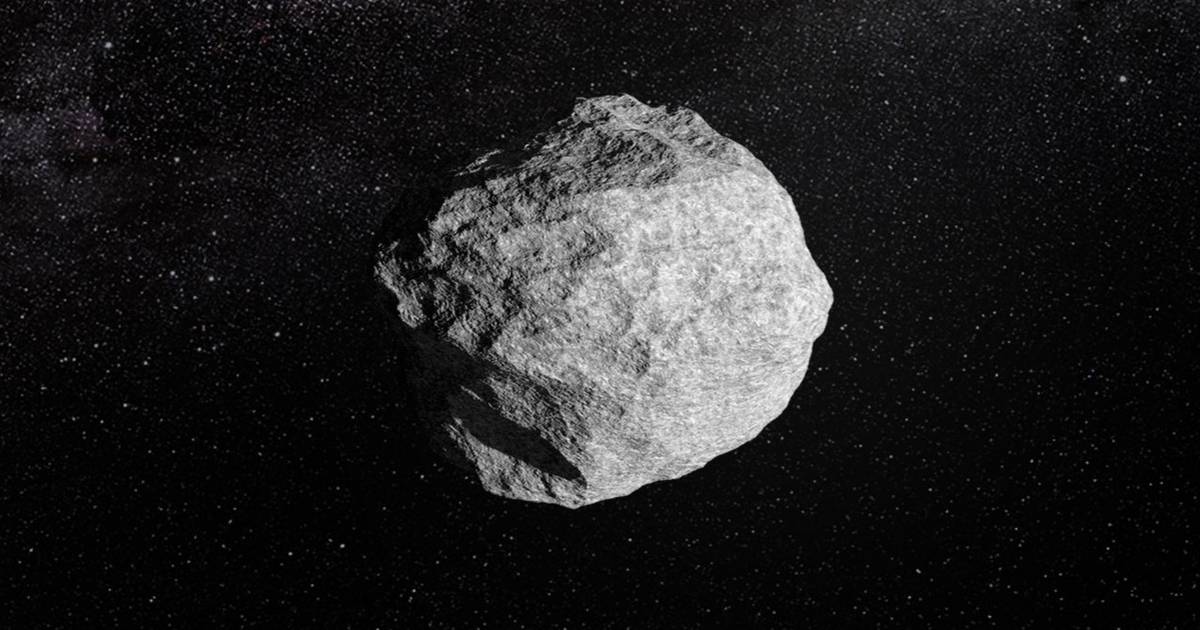Scientists have increased the estimated probability of the asteroid named YR4 colliding with the Moon to about 4.3%. The asteroid, roughly the size of a 15-story building, was discovered at the end of December and initially posed no threat to Earth. However, more detailed tracking, including observations by the James Webb telescope, revealed a small but significant chance that the asteroid will impact the Moon, potentially creating a crater about one kilometer wide. If the collision occurs, it will not affect the Moon’s orbit. The asteroid measures between 53 and 67 meters, similar in size to the asteroid that fell in Tunguska in 1908.
Political Perspectives:
Left: Left-leaning sources emphasize the scientific progress in tracking near-Earth objects and the importance of international cooperation in space observation. They highlight the role of advanced technology like the James Webb telescope in improving our understanding of potential space threats and advocate for increased funding for space research and planetary defense.
Center: Center-leaning sources report the facts about the increased probability of the asteroid YR4 colliding with the Moon, focusing on the scientific data and the implications of such an event. They provide balanced coverage, explaining the size of the asteroid, the potential impact, and reassuring that there is no threat to Earth or the Moon’s orbit, aiming to inform the public without sensationalism.
Right: Right-leaning sources may focus on the potential risks and uncertainties related to asteroid impacts, emphasizing the need for national preparedness and investment in space defense technologies. They might also highlight the importance of maintaining sovereignty in space exploration and caution against over-reliance on international cooperation.












